Come Pride Month, the lgbtq community (and supportive organisations and establishments) break out their rainbow flags and display them with…well, pride! And of course, we love to dance around in rainbow unitards but have you ever seen the lesbian flag colours and all of the historical lesbian flags?
In recent years, we’ve also seen newer and more inclusive iterations of the classic pride flag, along with various striped flags representing specific queer communities – from the blue/pink/purple bisexual pride flag (created by activist Michael Page) to the light pink/light blue/white transgender pride flag (designed by trans woman Monica Helms).
Now, if you’re a WLW, you may be wondering if lesbians have their own flag to fly. There are, in fact, several versions of the flag – each with its own symbolism and origin story. Here, we’ll explore the origins of some of the most popular lesbian flags!
- The Evolution Of The Lesbian Flags
- The Lipstick Lesbian Flag
- The Orange And Pink Flag
- What do the colors mean on the lesbian flag?
- Where to buy the lesbian flag
- Why do we need a lesbian flag?
- Other queer flags
The Evolution Of The Lesbian Flags
What is the official lesbian flag? We hear you ask. So, Let’s get this out of the way: there is no official flag for lesbians. There have been some suggestions through the years – which we’ll get into in more detail in a bit – and some are more commonly used than others, but it should be noted that there isn’t one flag to rule us all.
1999: The Labrys Flag
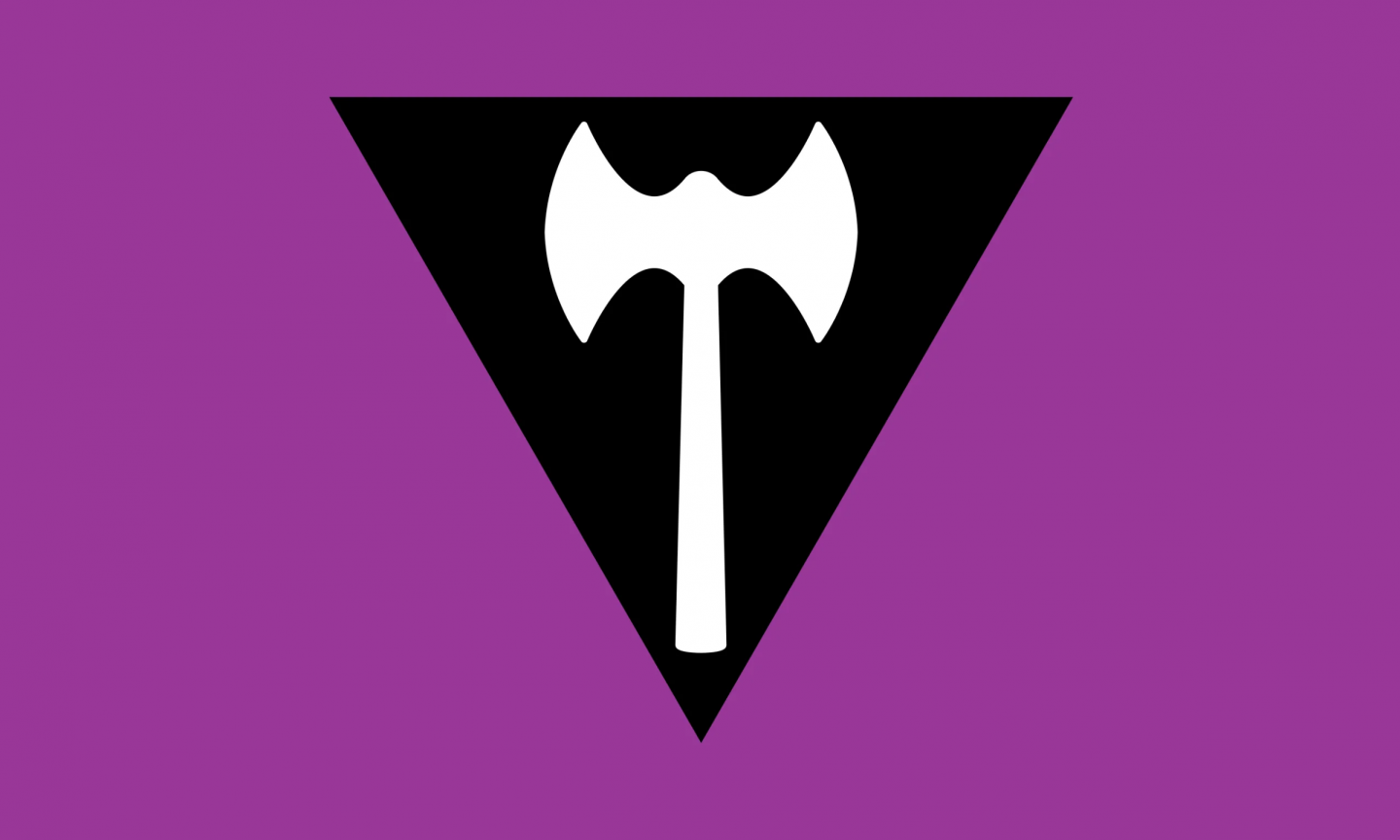
The first known WLW flag was designed in 1999 by, ironically enough, a man! Graphic designer Sean Campbell was working at the Palm Springs Gay and Lesbians Times at the time when, for the June Pride edition, he needed photos for different sectors of the LGBTQ. Rather than going through the painstaking process of requesting copyright clearance for other people’s photos, he took it upon himself to design pride flags.
Campbell included several symbols, such as an inverted black triangle, a double axe or a labrys, and the colour violet or purple:
- The black triangle is a nod to the symbol that the Nazis assigned to “anti-social” women during World War II. This category included nonconformists, thieves, sex workers, and lesbians.
- The double axe is a symbol that represents female empowerment and self-sufficiency and was adopted by lesbian feminists in the 70s.
- The colour purple has deep associations with femininity and lesbian love. The Greek poet Sappho – the poet who wrote so much about women loving women that the words “sapphic” and “lesbian” are taken from her name and the home island of Lesbos – described herself as a lover wearing chains of violets.
2010: The Lipstick Lesbian Flag
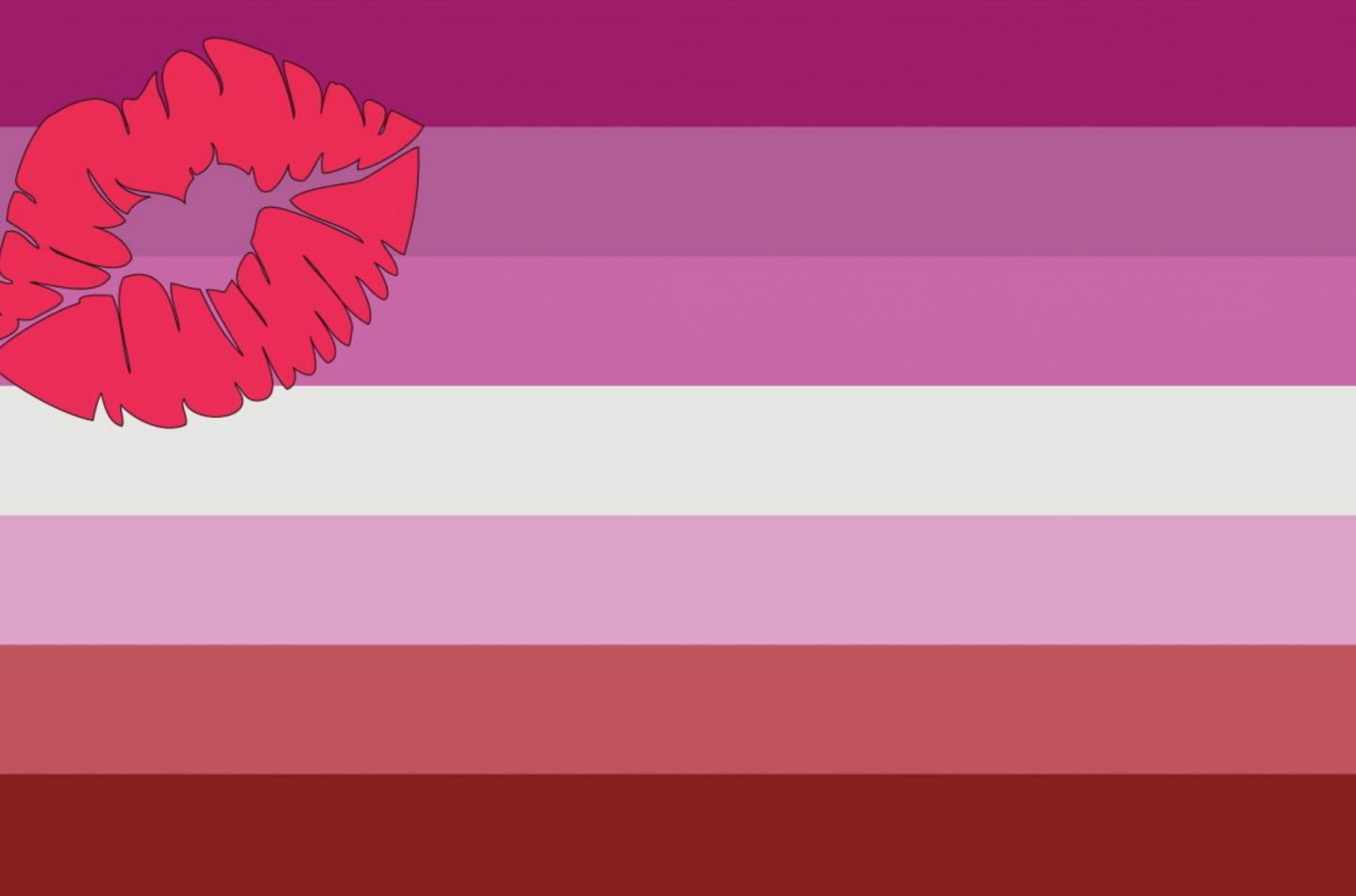
In 2010, Natalie McCray introduced the lipstick lesbian pride flag in her now-defunct blog “My Lesbian Life”. Let’s discuss the flag colours chosen here. It has six stripes of varying shades of pink and red, plus a white one in the centre. In the upper left-hand corner, there is a red kiss mark. McCray didn’t explain the lesbian flag’s meaning or her choice of colours, but it’s likely a reference to pink being associated with hyper-femininity.
While this flag garnered some attention online at the time it was introduced, it didn’t become as popular or widely used as other designs. Some lesbians felt that, due to the pink colours, kiss mark, and associations to lipstick lesbian culture, the flag wasn’t inclusive of non-binary and butch lesbians.
McCray has also been known to write some pretty controversial stuff on her blog, including what others have deemed as racist, transphobic, and biphobic comments. So that might explain why this flag never really took off. Eek.
Also, we don’t know about you but we think it looks tacky and we hate it. LOL. Burn.
2018: The Orange And Pink Flag
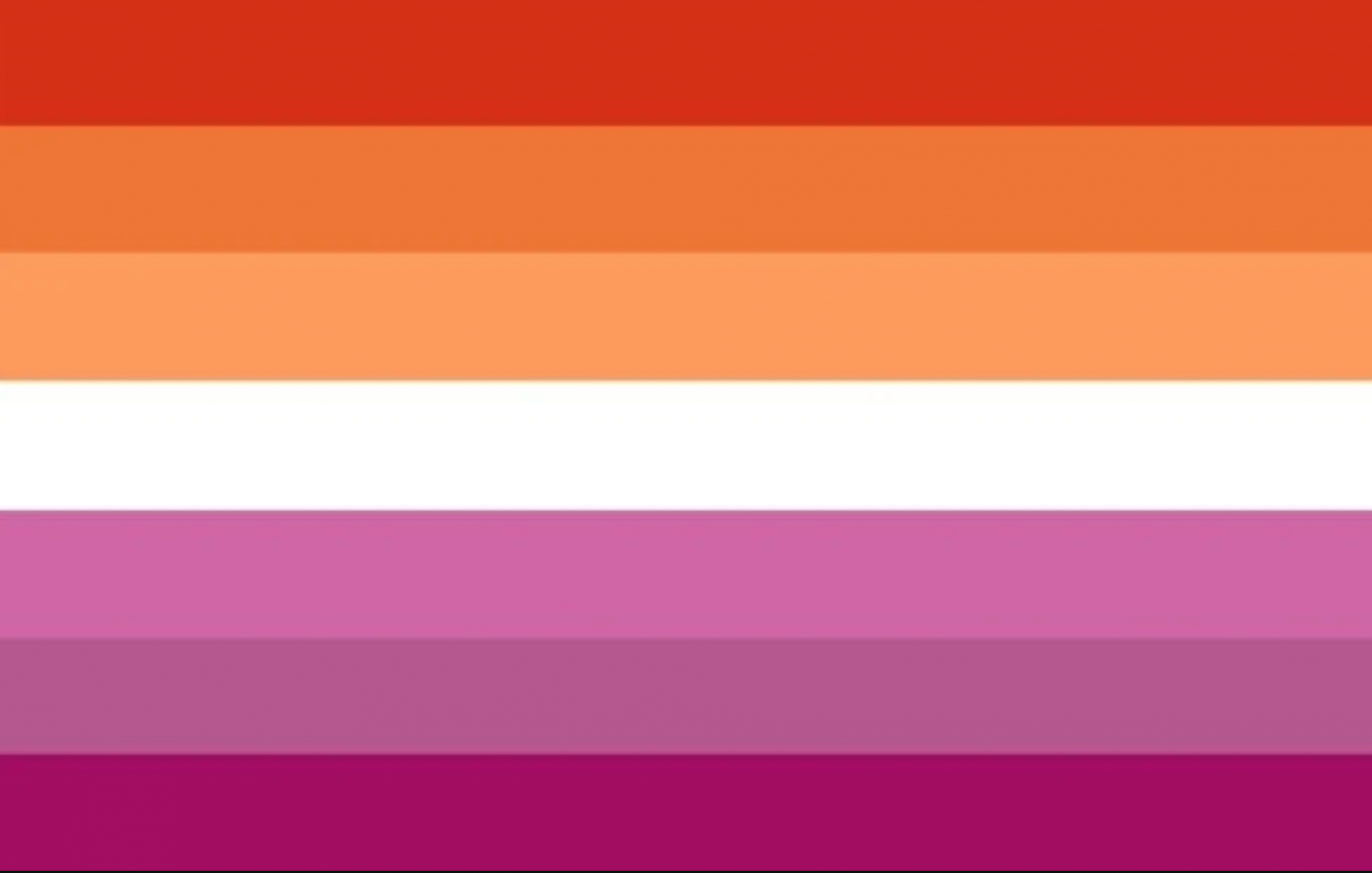
In 2018, artist Emily Gwen posted a seven-stripe community flag on Tumblr. Designed as an inclusive flag for lesbians who identify within and outside of the gender binary, it symbolises the aspects below.
What do the colours mean on the lesbian flag?
- Gender nonconformity, symbolised by the colour dark orange
- Independence, symbolised by the colour coral orange
- Community, symbolised by the colour light orange
- Unique relationships to womanhood, symbolised by the colour white
- Serenity and peace, symbolised by the colour pink
- Love and sex, symbolised by the colour pastel pink
- Femininity, symbolised by the colour dark pink
Many people on social media have lauded Gwen’s design for being inclusive of butch women, non-conforming women, and transgender women.
Tumblr user @taqwomen is credited for creating a simpler but similar five-stripe version. This and Gwen’s original version are more likely to be found at a pride parade over the first two iterations. The popularity of Gwen’s inclusive version is also likely the reason why you won’t find a butch flag or a femme flag.
Where to buy the lesbian flag?
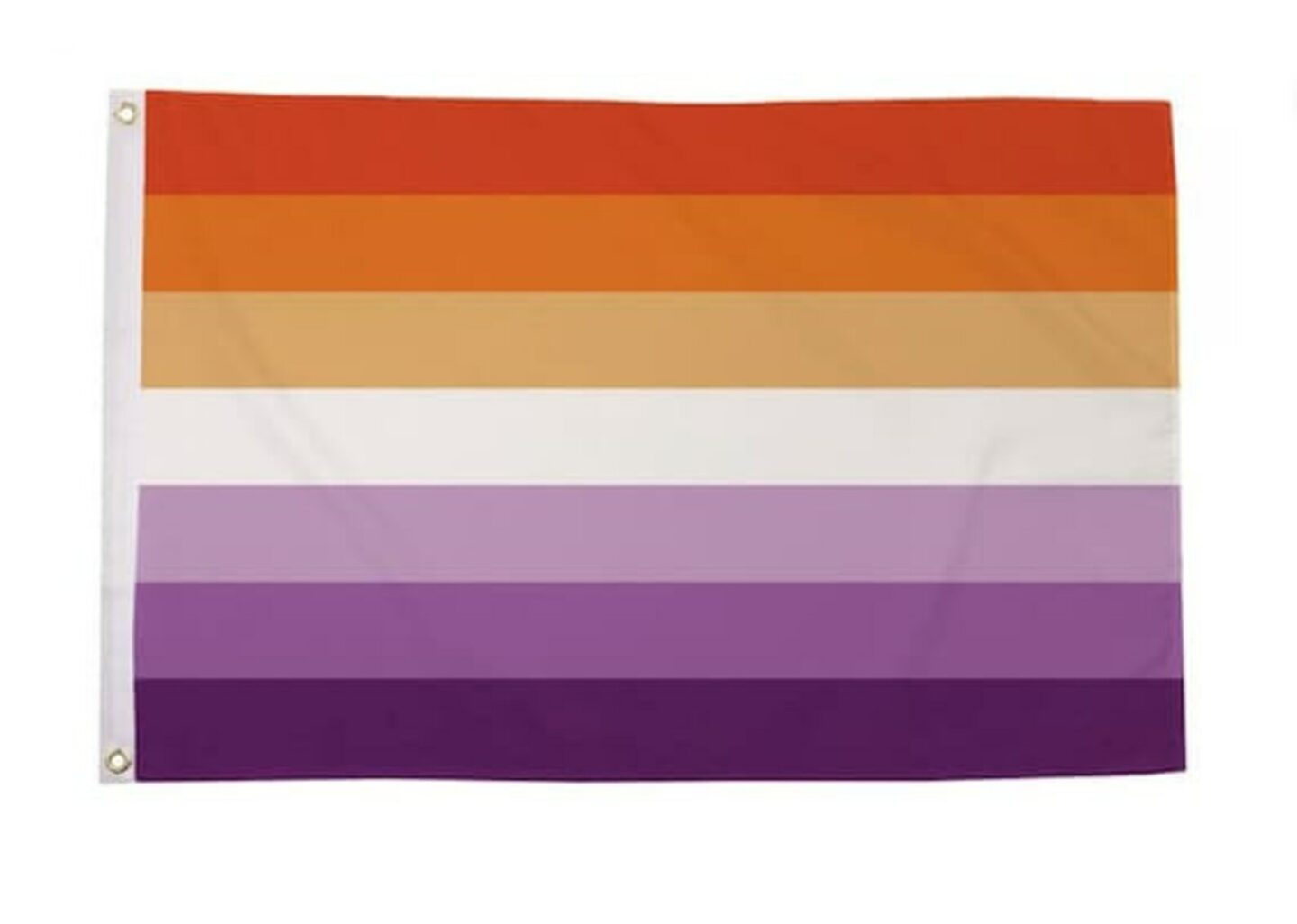
Lesbian Flag
Buy Here
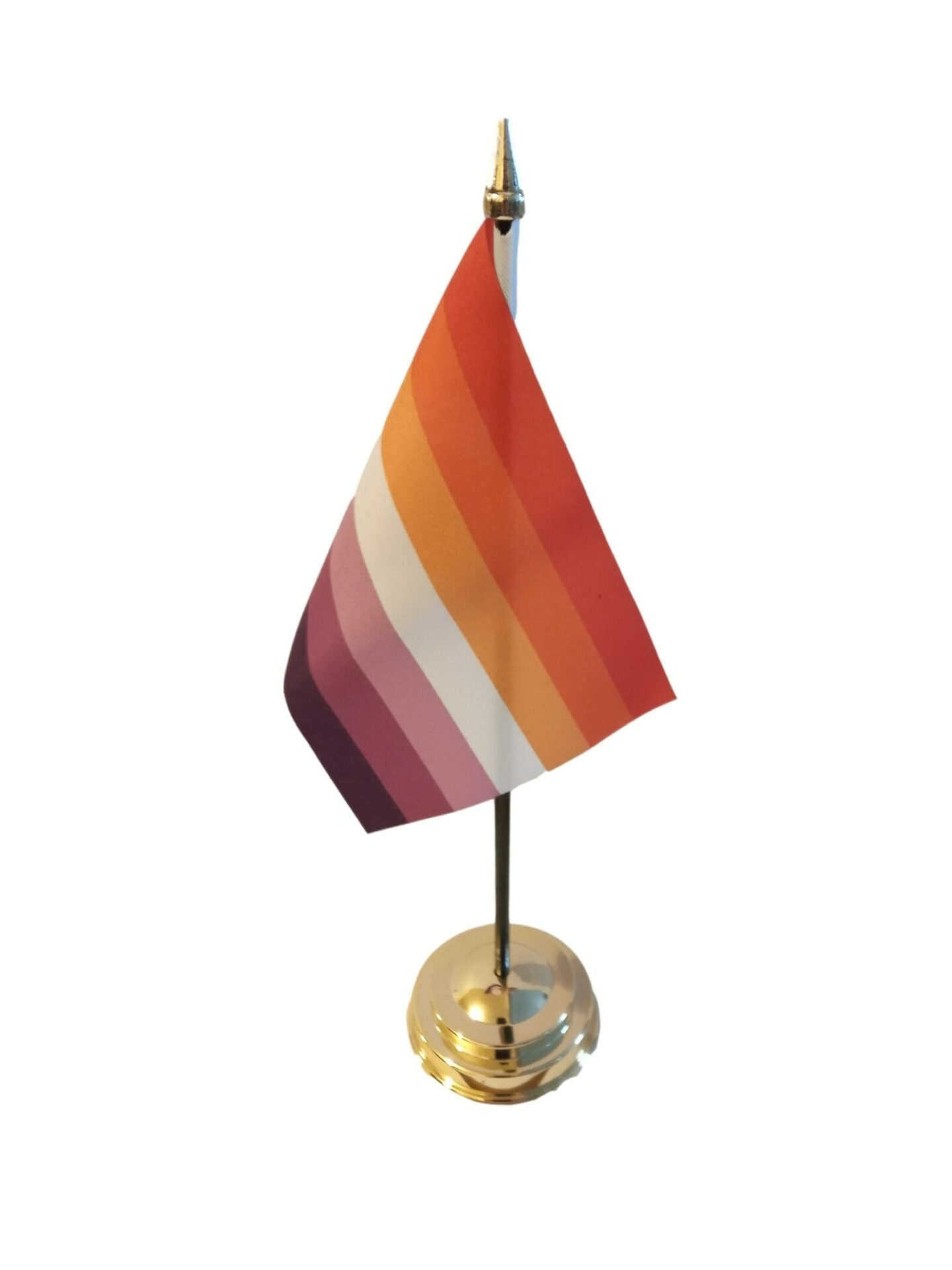
Buy Here
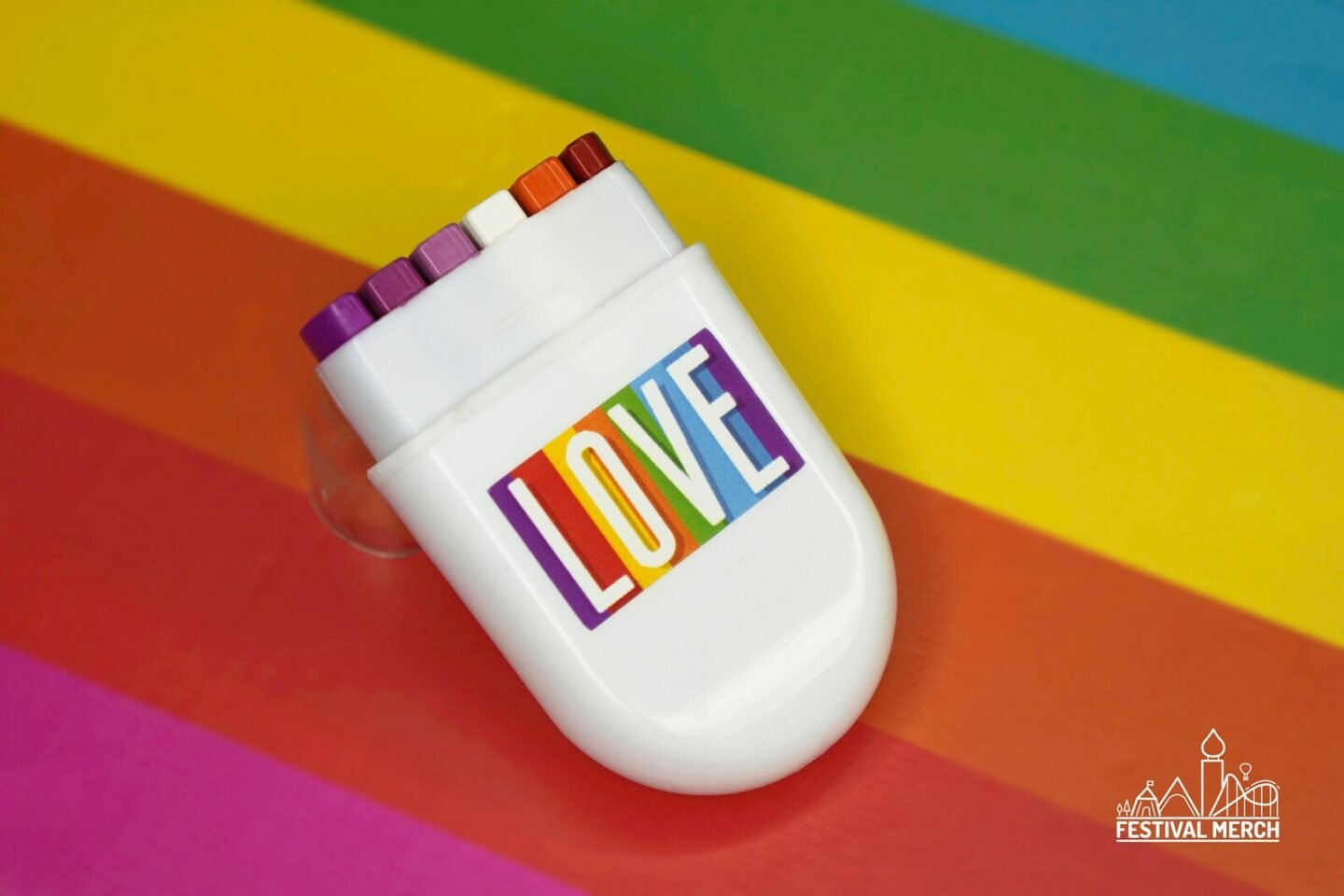
Buy Here
Why Do We Need Pride Flags Anyway?
Flags isn’t just a pretty arrangement of colors; it’s a powerful symbol that resonates with the experiences, struggles, and triumphs of the lesbian community.
Creating Visibility:
In a world that often overlooks or misunderstands the lesbian experience, the flag serves as a beacon of visibility. It proudly declares, “We are here, and our stories matter.”
Fostering Unity:
The carefully chosen colors and their meanings create a sense of unity within the lesbian community. By understanding and embracing the symbolism, lesbians can connect on a deeper level, fostering a supportive and inclusive environment.
Empowering Future Generations:
The lesbian flag isn’t just for today; it’s a gift to the future. By proudly displaying the flag and understanding its significance, we empower future generations to embrace their identities with confidence and pride.
According to Them.us, pride flags came from a “need to assert the presence of the lgbtq community and their community at a time when they tended to be overlooked by mainstream culture”.
The first pride flag was created by activist and artist Gilbert Baker, who had been challenged by then-San Francisco city Supervisor Harvey Milk to create a symbol that could represent and unite the gay community.
Gilbert, together with his friend Lynn Segerblom, created the first iteration of the gay pride flag with the rainbow as his inspiration. According to Gilbert, it was a symbol of hope and stood as a “modern alternative” to the pink triangle – a symbol that had been used by the gay movement but had a dark history as a tool of oppression in World War II.
Gilbert’s design originally had eight colours:
- Hot pink: Sex
- Red: Life
- Orange: Healing
- Yellow: Sunlight
- Green: Nature
- Turquoise: Magic/art
- Indigo: Serenity/harmony
- Violet: Spirit
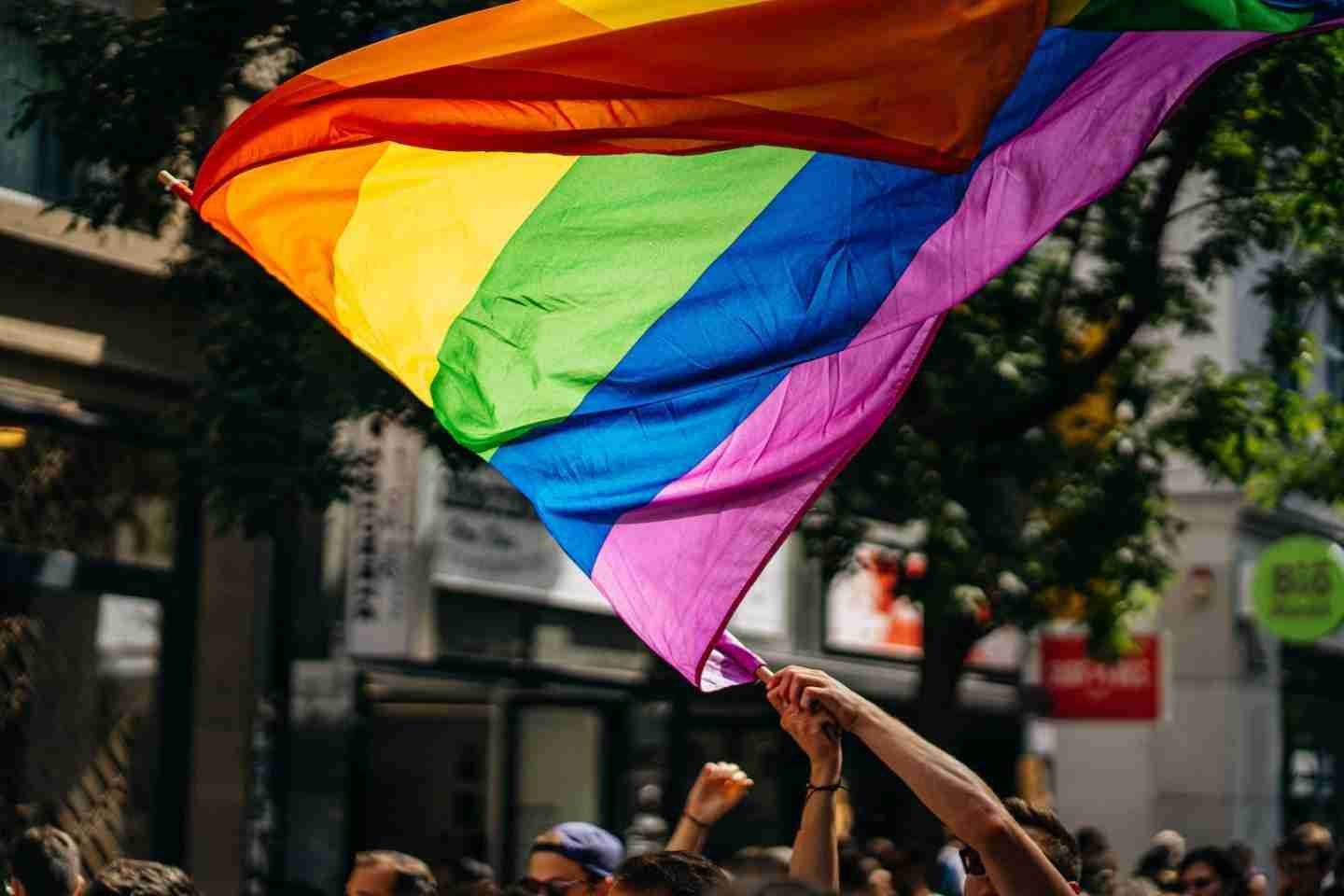
When Milk was assassinated in 1978 and the demand for the flag grew, Gilbert opted to remove the hot pink stripe because the colour wasn’t readily available. Eventually, the turquoise stripe was dropped and the six-colour pride flag has been the most popular LGBTQ pride flag since.
But again, the rainbow flag isn’t the only pride flag out there.
In recent years, artists have put their own spin on the rainbow flag to represent marginalised and underrepresented communities. In 2017, Philadelphia City announced a new city pride flag featuring a black and brown stripe atop the original colours, representing queer people of colour.
The following year, designer Daniel Quasar added a five-coloured chevron over the rainbow, which featured the colours black, brown, blue, pink, and white, with the last three representing trans people. This is commonly referred to as the “Progress Pride Flag”.
Different gender identities and sexual orientations in the LGBT community have their own designs:
Bisexual flag: Features stripes in pink (symbolising same-sex attraction), purple (attraction to both sexes), blue (attraction to the opposite sex)
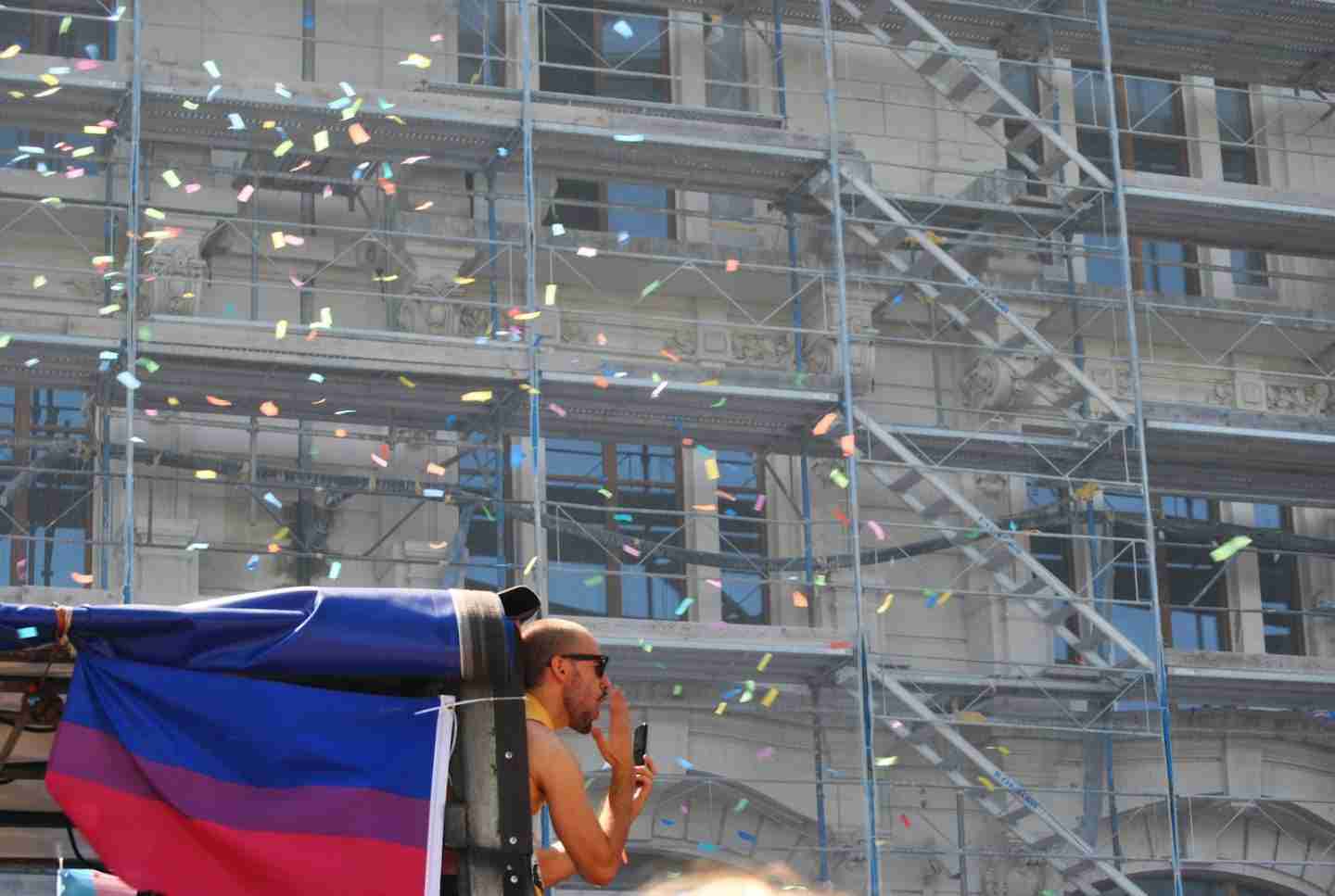
Transgender flag: Features stripes in light or baby blue (traditional colour for baby boys), light pink (traditional colour for baby girls), and white (representing those who are intersex, transitioning, or gender non-conforming)
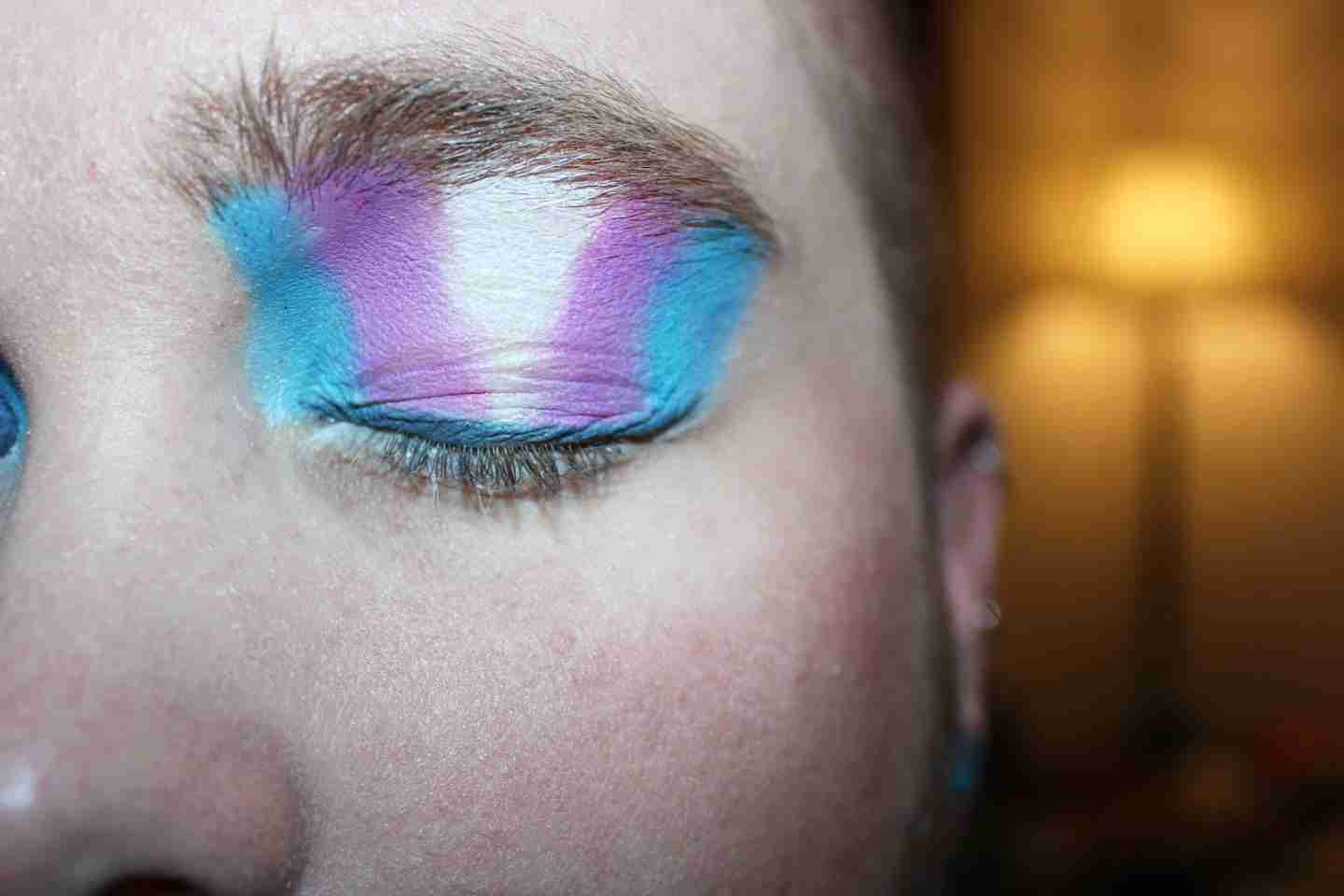
Intersex flag: Features yellow (a non-gendered colour) background and a purple circle (symbolising unbrokenness or wholeness)
Asexual flag: Features a black stripe (representing asexuality or lack of sexual attraction), grey stripe (grey asexuality and demisexuality), white (sexuality), and purple (community)
Pansexual flag: Features stripes in pink (women), yellow (non-binary people), and blue (men)
Non-binary or genderqueer flag: Includes stripes that are yellow (representing gender identity and gender expression outside of the binary), white (representing those who identify with several or all genders), purple (representing those who identify with both male and female identities), and black (agender)
Bear brotherhood flag: This represents the bear subculture and consists of all the colours of bear fur, plus a paw print in the upper left-hand corner.
Enjoy Pride peeps, and be sure to let us know what you think of all the flags you’ve seen in this article by commenting below!
Team Nonchalant x


